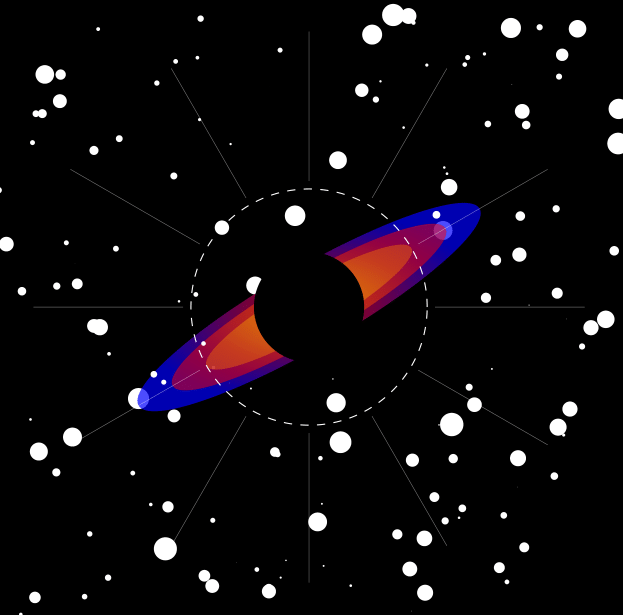
ABOUT ME
I'm a dedicated graduate student in physics by Escuela Superior Politécnica de Chimborazo (ESPOCH) in Riobamba, Ecuador. While exploring different areas of physics during my undergraduate years, I discovered a deep passion for computational and theoretical physics. I like to connect the theoretical elegance of nature phenomena with cutting-edge computational frameworks. I culminated my bachelor's degree with my thesis research on gravastars, an alternative theory with the aim of solving the problems of classical black holes. You can read more here.
I was born in Loja, Ecuador. I enjoy doing sports, playing video games and spreading my passion for physics and computer science with others. I've designed this website for helping young students who are working towards a bachelor's degree in physics or any other scientific field. Here you can find some notes I've created from my classes, from some good books and from video lectures from different people, also you can see all the free resources I found useful about some topics in physics and mathematics. You can feel free to explore and learn what I do and what I'm interested in.
My interests in physics are: black holes in general relativity, gravastars, quantum mechanics, holographic principle, string theory.
My interests in computer science are: machine learning, artificial intelligent, big data and data science.